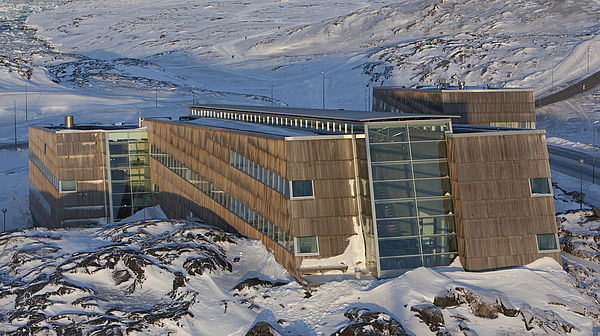
Background
IN1202 | |
Greenland Institute of Natural Resources (GINR) | |
Arctic | |
Open | |
Station | |
Greenland | |
Station | |
1995 | |
Year-Round |
Introduction
The Greenland Institute of Natural Resources is owned by the Greenland Government. | |
GINR with its main buildings, laboratories, and living quarters is located in Nuuk, Greenland (64°11’ N, 51°41’ W). A field station is situated in Kobbefjord (64°08’ N, 51°23’ W), c. 20 km SE Nuuk. | |
GINR and the Kobbefjord field station provide access to a low arctic ecosystem in West Greenland with different biotopes such as dwarf-shrub heaths, fens, grasslands, and lakes. Monitoring of a variety of parameters on vegetation, arthropods, mammals (both terrestrial and marine), birds, freshwater lakes, and the marine environment has been carried out at GINR for several years. | |
GINR was founded in 1995 (preceded by Greenland Fisheries Research; established in 1946), and the main building was inaugurated in 1998. The main building houses c. 3000 m2 of facilities necessary for the Institute’s activities, i.e. offices, laboratories, deep-freeze rooms, storage, conference room, and meeting rooms. Adjacent to the main building is an 850 m2 annex with a large multi-room used for meetings and seminars. Furthermore, the annex has five apartments and eight rooms for visiting researchers, as well as a garage/storage room. A building housing an auditorium, labs and meeting rooms primarily for educational purposes was inaugurated in 2017. GINR has a fourth building near the city centre of Nuuk with furnished guest rooms for students and visiting scientists. In addition to the buildings in Nuuk, GINR owns two field stations, one in Kobbefjord, near Nuuk, and another in Niaqornat, in the Uummannaq area, Northwest Greenland. These field stations function as bases for small research teams and accommodates four people each. GINR also owns two ships and smaller boats for scientific purposes. | |
Research and monitoring activities focus on living marine resources (fish, shellfish, marine mammals, and birds), land-based resources (land mammals and vegetation), as well as physical and chemical processes in the environment in relation to climate change and its impact on society. Population assessments and management advice are produced and reviewed in scientific committees under various international bodies where GINR is represented. GINR takes part in the monitoring programme Greenland Ecosystem Monitoring (www.g-e-m.dk). The objective is to provide long-term data series of the natural innate oscillations and plasticity of arctic ecosystems. This is accomplished through monitoring of selected biotic parameters and elements throughout the year on a long-term basis. Data from the monitoring is provided free of charge. | |
GINR is located in Nuuk, the capital of Greenland, with c. 16000 inhabitants. GINR actively communicates with users of the environment (fishermen, hunters, and recreational users) and with direct recipients of scientific advice (e.g. politicians). Users of the environment and their comprehensive knowledge of the natural environment are included during planning and implementation of the institute’s activities. Fishing and hunting is part of the traditional culture and is still practiced professionally and for recreational purposes. | |
Nuuk can be reached by air either via Kangerlussuaq, West Greenland (www.airgreenland.com) or via Reykjavik, Iceland (www.airiceland.is). Transportation to the field station in Kobbefjord is by one of GINR’s own smaller boats carrying up to 11 persons. |
Operator
Greenland Institute of Natural Resources | |
Government | |
Greenland Institute of Natural Resources | |
info@natur.gl, booking@natur.gl |
Data Source
Katrine Raundrup | |
kara@natur.gl | |
2019-02-20 |
Partner Institution
No |
Location
IN1202 | |
64° 11' 0'' N | |
51° 41' 0'' W | |
North America Arctic | |
50 | |
0 | |
1600 | |
0 | |
0 | |
1 | |
585 | |
Ice-free ground |
Climate
Sporadic | |
High Arctic | |
Snow and Rain | |
782 | |
21 | |
130 | |
N | |
01/May/07 to 31/12/14 | |
0.3 | |
-6.8 | |
-7.6 | |
-8.1 | |
-3.2 | |
2.2 | |
7.4 | |
10.8 | |
9.8 | |
5 | |
0.4 | |
-3.6 | |
-5.9 | |
May; June | |
May; June; July; August; September; October |
Features
Ice cap or glacier; Lake; Mountain; Rivers; Shoreline; Valley; Other | |
Shrub tundra; Wetlands; Human settlements or resource use in the area |
Disciplines
Anthropology; Archaeology; Climatology; Climate change; Fishery; Geocryology; Geology; Geomorphology; Geophysics and seismology; GIS; Glaciology; Hydrology; Human biology; Isotopic chemistry; Limnology; Mapping; Marine biology; Medicine; Microbiology; Oceanography; Paleolimnology; Pollution; Sedimentology; Sociology; Social science; Terrestrial biology |
Human Activities
Yes | |
Recreational activities | |
Yes | |
Yes | |
Yes | |
No |
Infrastructure
IN1202 | |
1850 | |
250 | |
Biology; GIS | |
40 | |
1500 | |
29 | |
Yes | |
Yes | |
Renewable | |
230 | |
24 | |
No |
Staff Capacity
60 | |
35 | |
60 | |
35 | |
85 | |
0 |
Scientific Equipment
Advanced laboratory equipment (only in Nuuk) | |
Free technical support (Nuuk), free access to extensive ecosystem baseline data (Nuuk, KB) | |
Data freely available via www.g-e-m.dk |
Medical Facilities
No | |
0 | |
0 | |
5 | |
0 | |
0 | |
0 | |
5 | |
VHF radio | |
First aid kit, satellite phone, weapon (in some cases) | |
No | |
No |
Vehicles
Ship, motor boat, zodiack, smaller motor boat for KB | |
Car (only Nuuk), snowmobile |
Workshop facilities
ICTS (Staff available to assit with constructions) |
Communications
Computer; E-mail; Fax; Internet; Printer; Satellite phone; Scanner; Telephone; VHF |
Access
IN1202 | |
Air; Sea |
Aircraft landing facilities
1 | |
950 | |
18 | |
Yes |
Transport and freight
Airplane; Helicopter; Ship | |
55 | |
January; February; March; April; May; June; July; August; September; October; November; December | |
Port | |
3900 | |
January; February; March; April; May; June; July; August; September; October; November; December |
Access To The Facility
Yes |
Pictures
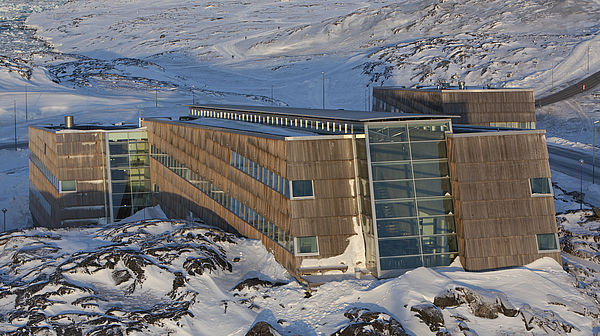 Main station in Nuuk (Credits: Carsten Egevang) |
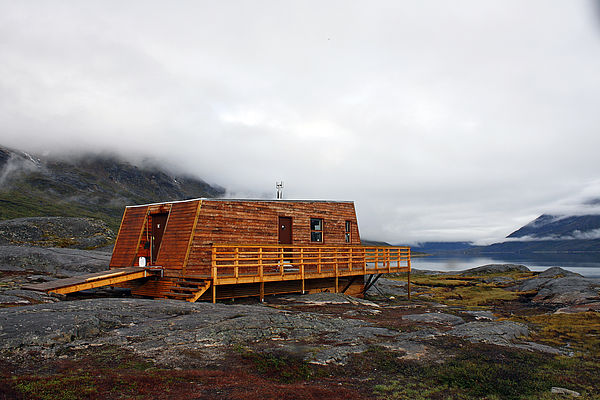 Kobbefjord field station (Credits: Henrik Lund) |
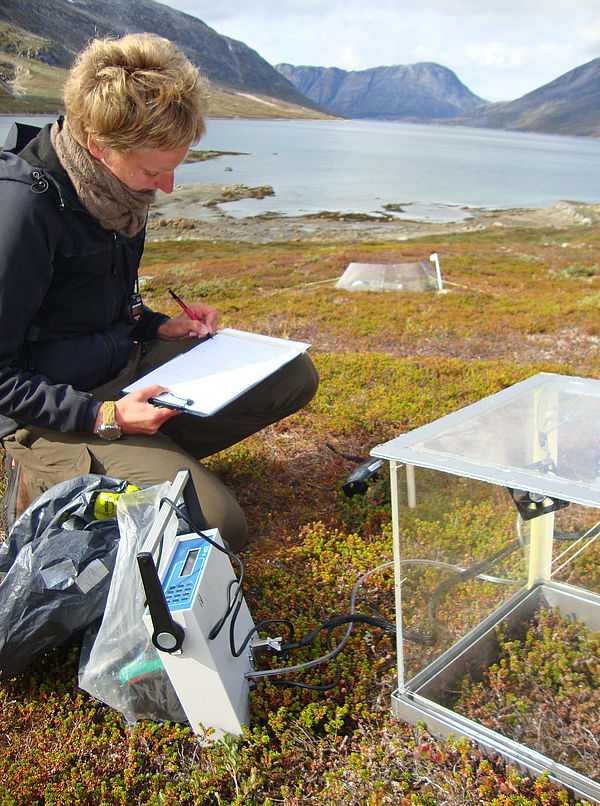 Fieldwork (Credits: Bula Larsen) |
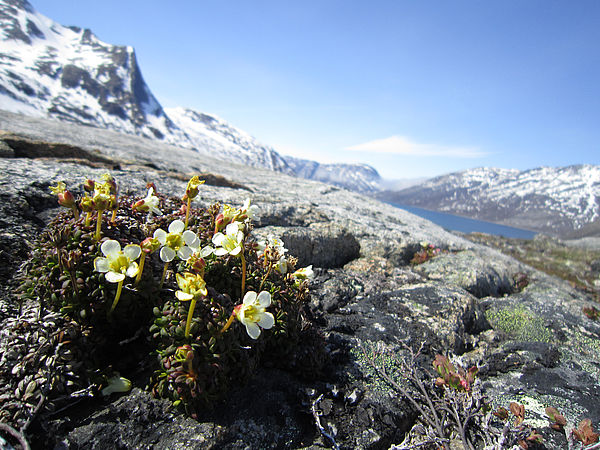 Plant and Kobbefjord (Credits: Katrine Raundrup) |
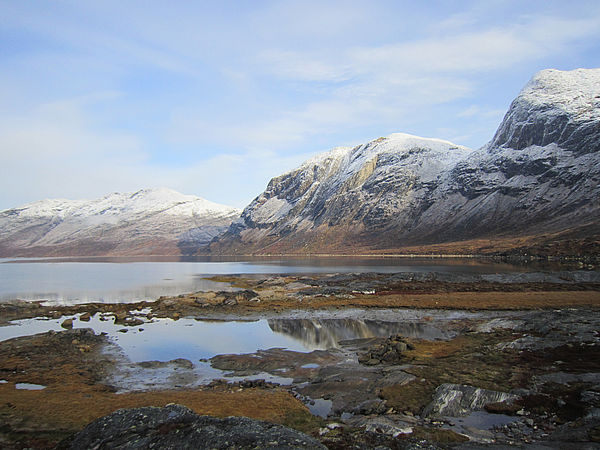 Kobbefjord (Credits: Katrine Raundrup) |
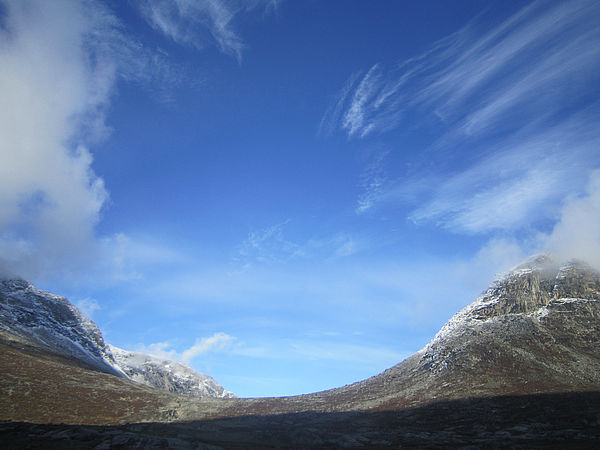 Landscape in Kobbefjord area (Credits: Katrine Raundrup) |
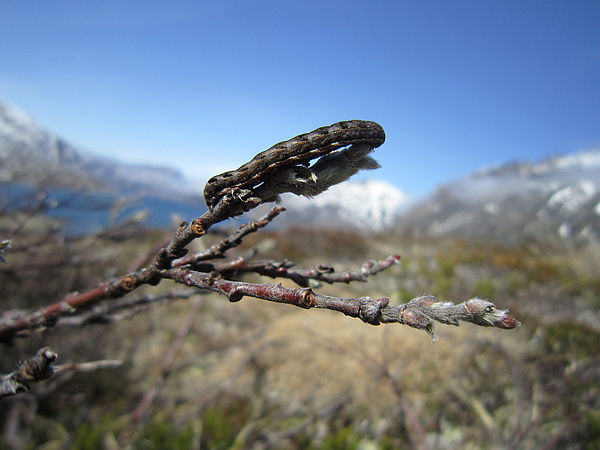 Larvae of Eurois occulta (Credits: Katrine Raundrup) |
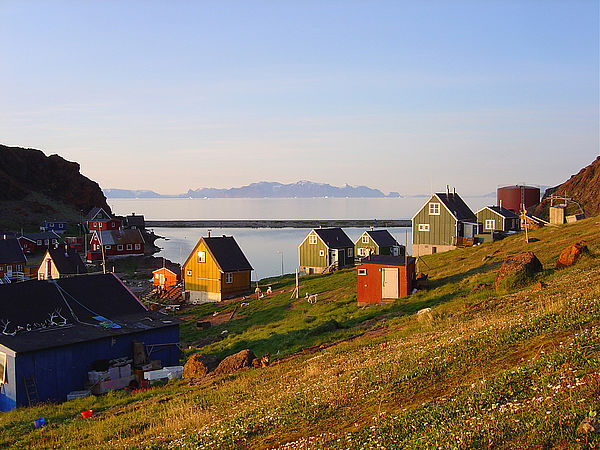 Niaqornat field station (Credits: Katrine Kruse) |
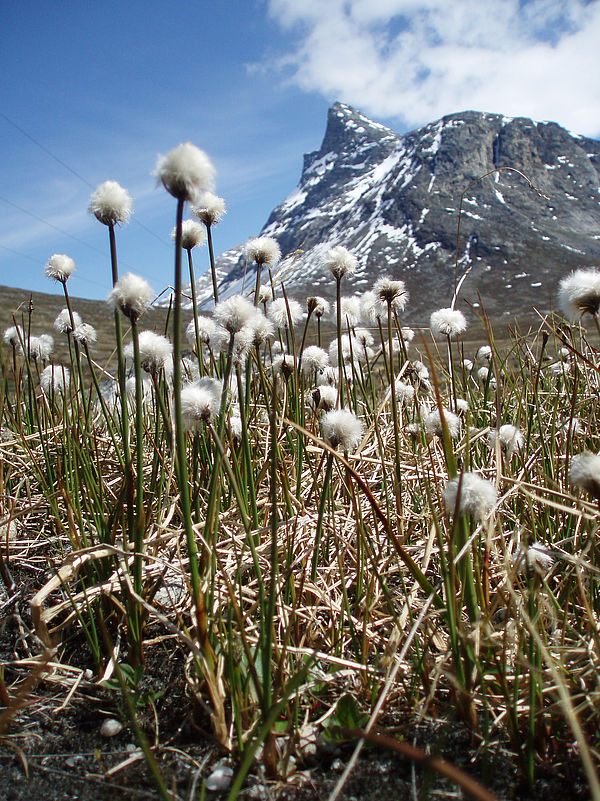 Plant - Cottongrass (Credits: Katrine Raundrup) |
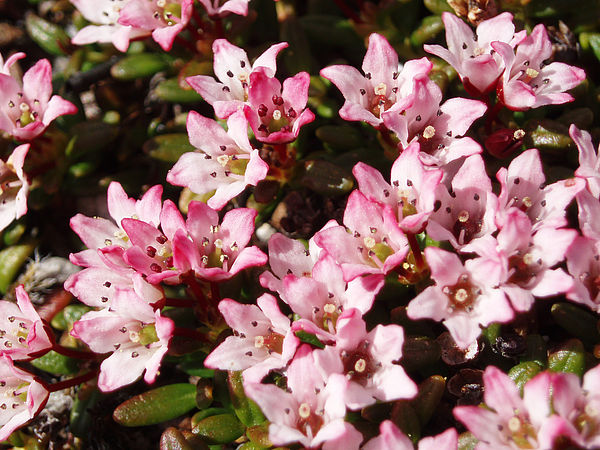 Plant -Loiseleuria procumbens (Credits: Katrine Raundrup) |
